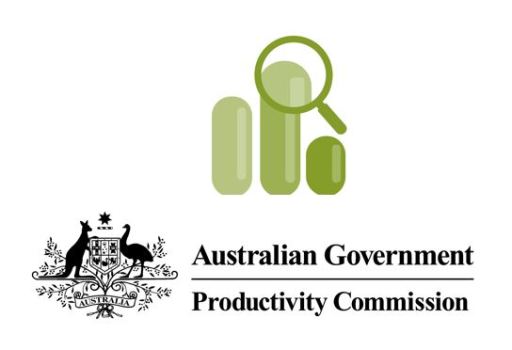The Productivity Commission’s Report on Government Services (RoGS) contain a large section on Community Services. It breaks the sector into four categories: aged care, services for people with disabilities, child protection services, and youth justice services.
It is an enormous sector, second only to health. Total Federal, state and territory government recurrent expenditure on community services was $31.2 billion in 2016‑17, around 13.9 percent of total government expenditure on services covered in RoGS analysis. Aged care was the largest contributor ($17.4 billion, , followed by services for people with disability ($7.8 billion), child protection services ($5.2 billion) and youth justice services ($0.8 billion).
The Community Services section of RoGS is available here.
Aged care
The report estimates that 80 percent of older people will access some form of government funded aged care service before they die.
The Federal Government funds residential aged care, home care and home support, with state, territory and local governments also funding and delivering some of these services directly. But most services are delivered by non‑government providers such as private-for-profit, religious and charitable organisations.
The Australian population is ageing rapidly, with the proportion of people over 65 years projected to increase from 15.3 percent in 2017 to 21.8 percent in 2056.
The report compares a large number of metrics across states and territories. One measure, the average number of hospital waiting days used by patients waiting for residential day care, varies enormously by jurisdiction. In Victoria, the average is just one day. In the ACT, it is nearly a month. The national average is 11 days.
Other metrics examined include affordability, client experience, complaints received, and efficiency (cost per output unit). It is a very thorough examination.
Services for people with disabilities
The National Disability Insurance Scheme (NDIS), which is still in the process of being implemented, means this sector is in transition and many comparisons are invalid.
The NDIS will largely replace the existing system of disability care and support provided under the 2009 National Disability Agreement (NDA). But not all existing NDA service users will be eligible for the NDIS, and not all specialist disability services will be rolled into the NDIS. Governments have agreed that existing service users will not be disadvantaged during the transition under ‘continuity of support’ arrangements.
RoGS quotes ABS estimates of 4.3 million Australians – or 18.3 percent of the population – with a disability in 2015, with 1.4 million – 5.8 percent – with a profound or severe core activity limitation.
The proportion of the population accessing disability services varies significantly by state and territory. Accommodation support is most common in South Australia and Tasmania (the two states with the oldest populations), and lowest in NSW and Victoria. Community support is highest in Tasmania and lowest in Queensland. Community access is highest in South Australia. Respite care is highest in Victoria, and lowest in Tasmania.
The report looks at such things as carer health and wellbeing, employment and social participation of people with disabilities, and use of ‘mainstream services’ by people with disabilities.
As with other sections of RoGS, it stops short of drawing conclusions or making recommendations, but it paints a picture of very disparate disability services provisions across Australia, with non-metropolitan areas faring worst.
Child protection services
Child protection services provide support and interventions to promote child and family wellbeing, and to protect children and young people up to the age of 17 who are at risk of abuse and neglect within their families, or whose families do not have the capacity to provide care and protection.
Total recurrent funding across Australia was $5.2 billion in 2016-17, with nearly half a million children the subject of some sort of intervention. Per capita spending was by far the highest in the Northern Territory, at nearly $3,500 per child, compared to the national average of around $1,000. The Northern Territory, which has by far the highest proportion of population indigenous, is an outlier in most of the comparisons in the report.
Youth justice services
Youth justice services are responsible for administering justice to those who have committed or allegedly committed an offence while under the age of 18. In 2015-16, 11,000 children nationally were supervised by some aspect of the youth justice system. More than 80 percent were in the community, with the remainder in detention.
More than 80 percent were males. With indigenous children 25 times more likely than non-indigenous to have come to the attention of various youth justice services. The greatest disparity was in Western Australia, where they were 40 times more likely to attract attention.
Comment below to have your say on this story.
If you have a news story or tip-off, get in touch at editorial@governmentnews.com.au.
Sign up to the Government News newsletter
Most read
Scathing report finds little has changed at PwC
Qld council welcomes progress on massive battery system
‘Local’ procurement turns out not to be so local, committee hears
Another report finds local government falling down on cyber security
MoG changes see regions, investment return to NSW Premier’s Department

